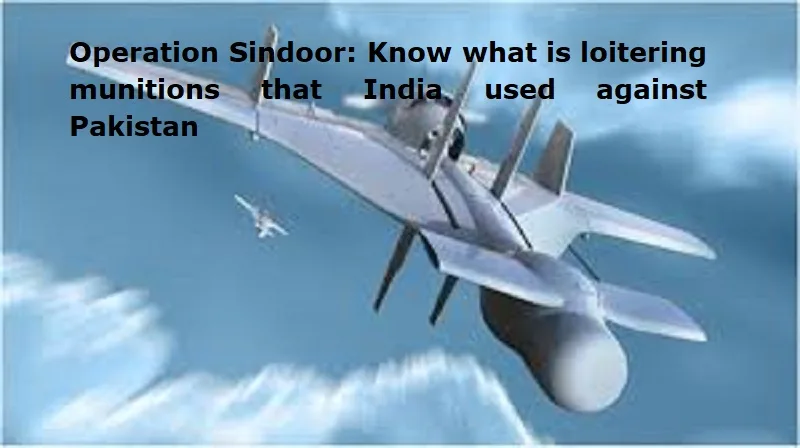
New Delhi: Indian Armed Forces launched ‘Operation Sindoor’ against Pakistan as a retaliation for the brutal Pahalgam attack that claimed 26 lives of Indian tourists. India attacked nine terror camps located in Pakistan and Pakistan-occupied Jammu and Kashmir (PoJK).
‘Operation Sindoor’ was a well-coordinated military response by using ‘Loitering Munitions’ (LMS) to precisely strike these targets. These targeted attacks were carried out from India by using real-time intelligence.
Loitering Munitions (LMS), often called ‘Kamikaze Drones’, are smart weapons that hover over a specific area and wait for targets to appear. Once identified, they dive in and destroy the target with high precision. They combine the surveillance capability of drones with the firepower of missiles and can either operate autonomously or they are being controlled by the operators in real time.
Also Read: MG Windsor EV Pro Launched In India: Details
This technology enables the forces to:
Avoid collateral damage
Target mobile or time-sensitive threats
Operate without risking soldiers’ lives
Key highlights of Operation Sindoor:
9 terror launchpads hit in Pakistan and PoJK.
Targets included Jaish-e-Mohammed (JeM) and Lashkar-e-Taiba (LeT) leadership.
All strikes were executed from within Indian territory.
Intelligence agencies provided exact coordinates.
No Pakistani military facilities were targeted, and this ensures the response stayed measured and non-escalatory.
Loitering munitions may be as simple as an unmanned aerial vehicle (UAV) with attached explosives that is sent on a potential kamikaze mission, and may even be constructed with commercially-available quadcopters with strapped-on explosives.

Post Your Comments